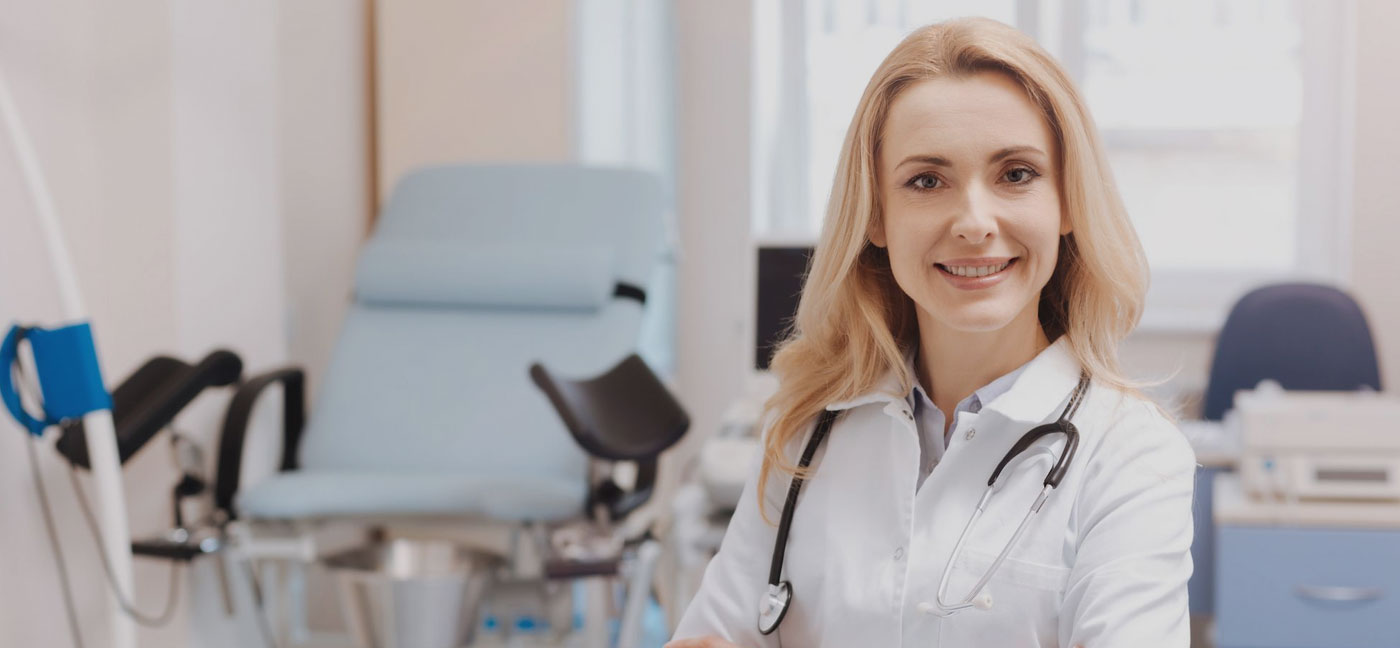What is a yeast infection?
A yeast infection is a fungal infection that occurs in the vagina, mouth, or other moist areas on the skin. It is also called candidiasis.
How does it occur?
The fungus Candida lives in small numbers in a health vagina, rectum and mouth. When the vagina’s hormone and pH balance is disturbed, the organisms multiply and cause infections.
There are several situations in which the yeast may multiply. Sometimes, if you are taking antibiotics, it can kill the bacteria that normally keep yeast levels down. Conditions that cause hormonal changes, such as menopause, pregnancy, or taking birth control pills, may also cause the yeast to grow. Yeast infections are often associated with diabetes, especially when the blood sugar level is too high. Recurring or stubborn cases may sometimes be an early sign of diabetes. In some cases, yeast infections that don’t go away are an early sign of HIV infection. Drugs that reduce the body’s defenses, such as drugs used to treat AIDS, also allow the yeast to grow and spread.

What are the symptoms?
Symptoms vary from woman to woman. Some women have no symptoms at all. While others, notice the following:
- a discharge from the vagina that is thick and white and looks like paste or cottage cheese. The odor may be unpleasant but it is not foul.
- swollen, red, tender, itching vaginal lips (labia) and surrounding skin
- burning on urination
- change in vaginal color from pale pink to red
- pain during sexual intercourse
- In men, the yeast can cause swelling and redness on the penis and foreskin. Yeast infections of the penis are more common when the penis is uncircumcised.
- If the mouth is infected, the lining of the mouth is often red and sore. Sometimes the yeast causes white spots and patches on the tongue and cheek lining. This is called “thrush.” The yeast can cause creamy-yellow, raised sores on the mouth.
- On the skin a yeast infection produces an itchy red rash. Often the rash is a red patch with small red bumps around it. The skin may also start to peel.
How is it diagnosed?
You will need to have a pelvic exam. Dr. Hardy or the Nurse Practitioner will collect samples of cells from places you are having symptoms, such as the mouth or vagina. A few cells scraped from a skin rash may also show yeast when viewed under a microscope.
How is it treated?
The best treatment is with medication. There are a variety of treatments to choose from such as: vaginal suppositories, vaginal creams, and tablets to be taken by mouth. Some medicines you can buy without a prescription, such as miconazole nitrate (Monistat-7) and clotrimazole (Gyne-Lotrimin, Mycelex-7, and FemCare). You should use the 3 to 7 day treatments for the most effective treatment.
Suppository tablets
If you are recommended a suppository for treatment, you will push the tablet or ovule up into the vagina each evening just before you go to bed. You will do this for 3 or 7 nights, depending on the type of suppository. Your body temperature will melt the suppository, so you may want to wear a sanitary pad to protect your clothing. Continue using the suppositories even if your menstrual period occurs during this time and even if the symptoms go away before treatment is completed.
Vaginal cream
Sometimes it is necessary to use vaginal cream instead of or in addition to vaginal suppositories. For example, it may be necessary if the outside part of your vagina is red, swollen, and itchy. The vaginal cream may be applied 2 times a day for 4 to 7 days, depending on how bad your symptoms are.
Other medicines
If you have tried one of the nonprescription medicines and it has not worked for you, you may need an antifungal medicine taken by mouth such as Diflucan.
Treatment for yeast infections will not help or cure sexually transmitted infections such as chlamydia, gonorrhea, or trichomonas.
How long will the effects last?
With proper treatment, the infection usually clears up in a few days to a week.
How can I take care of myself?
If you have a vaginal yeast infection, follow these guidelines:
- Follow the full treatment prescribed.
- Avoid sexual intercourse until the infection is gone.
- After urinating, wipe gently to avoid irritation.
- Use unscented soaps.
- Avoid using douches and other chemicals, such as bubble bath or hygiene spray, in the vaginal area.
- Take a shower instead of a bath. Pat the genital area dry.
- Wear cotton underwear to allow ventilation and to keep the area drier.
How can I prevent a yeast infection?
- Keep the genital area clean. Use only plain unscented soap such as Dove or Ivory.
- Take showers instead of tub baths.
- Don’t use douches, vaginal deodorants or body spray, bubble baths and colored or perfumed toilet paper, tampons or pads.
- Lose weight if you are obese (20% over normal weight).
- If you are diabetic, maintain a normal blood sugar.
- Wear cotton underpants or pantyhose with a cotton crouch.
- Don’t sit around in wet clothing, especially a wet bathing suit.
- Limit your intake of sweets and alcohol.
- After urination or bowel movements, cleanse by wiping or washing from front to back (vagina to anus)
- Avoid use of antibiotics unless prescribed by a doctor.
When should I call the office?
You should call the office promptly if you have repeated yeast infections within a 2-month period or a yeast infection that persists despite treatment.
